|
The WCAS Lewis Road Riding Ring Bluebird Trail has been pretty active this summer.
Boxes 1 and 4 just had 4 and 5 respectively Tree Swallows fledge. This brings the total number of Tree Swallows that have fledged this summer to 20. Boxes 6 (five birds) and 9 (four birds) had nests earlier. Box 5 has 5 Eastern bluebirds that will be fledging soon. This is the second brood this summer for Box 5. We like to think the parents of the first brood liked Box 5 so much, they decided to do it again! This will bring Box 5’s 2024 total to ten bluebirds. Box 8 had four bluebirds fledge earlier, so the total of 2024 bluebirds is 14. It may not be too late for additional broods this year. Time will tell. If you would like additional information on the trail and trail monitoring in general, please see the WCAS August newsletter.
0 Comments
With the breeding season well underway, there has been activity on the Lewis Riding Ring Bluebird Trail.
Happily, Box 5 is currently housing 4 or 5 young Eastern Bluebirds. These birds are due to fledge on or about May 12 or May 13. Box 8 has 4 Eastern Bluebird eggs that are due to hatch any time now. Once that happens, we will be better able to determine the likely fledge date. Unhappily, on April 24, monitors found a dead Tree Swallow in Box 2. A House Sparrow left the box as monitors approached. The Tree Swallow had damage to its head, so was likely killed by the House Sparrow. On April 29, monitors found a dead Tree Swallow in Box 1. This bird also had damage to the head. Once eggs are found in a bluebird or Tree Sparrow nest in one of our boxes, we install a sparrow-spooker on top of the box. House Sparrows typically do not like the flapping Mylar streamers and will not disturb that box. However, extended use of the spookers is likely to result in familiarity, which could make the spookers ineffective. For this reason, we cannot simply cover every box with a sparrow-spooker. Monitoring will continue throughout the season. By Kurt Miske, Bluebird Project Coordinator
The days have grown cooler, the leaves are starting to change hue and birds are losing their breeding plumage. Our Lewis Road Riding Ring area bluebirds and tree swallows have left the grounds for their winter territory, declaring an end to the 2023 breeding season. All in all, it was a successful year with 14 bluebirds and 14 tree swallows fledging from 7 different broods. By Kurt Miske, Bluebird Project Coordinator
We have had a decent year so far, with five of our nine boxes being used by native birds. Here is the run down:
Monitoring continues at least twice per week. While we have not had any birds start a second brood in the 3 years the trail has been active, we are still hoping for additional broods! We have had a lot of activity in our now 9 nest boxes this year. As of May 30, we have
Unfortunately, we have also had a total of 6 tree swallows found dead in boxes so far this year. The birds do not appear to have been attacked nor starved (an early theory), but seem to have had a severe case of diarrhea. Perhaps a disease? Boxes that were found with dead birds have been sanitized. 4 of the corpses have been turned in to the regional office of ODNR. We are hoping an evaluation will give us some answers. If you have any information, please contact WCAS. Monitoring continues at least twice per week. We are hoping for additional broods! Box #8 has the first nest of the year! Box monitor Lisa Gerbec opened the box and took the above picture. Stay tuned for further updates.
|
Archives
July 2024
Categories |
EDUCATENews Blog
Monthly Speakers Field Reports Bird Walk Reports Christmas Bird Count-Lakewood Circle Media Library Newsletter Archive Education Resources STORE |
Western Cuyahoga Audubon Society
4310 Bush Avenue Cleveland, Ohio 44109 [email protected] Western Cuyahoga Audubon Society is a 501(c)(3) nonprofit organization. Your donation is tax-deductible. The tax ID number is: 34-1522665. If you prefer to mail your donation, please send your check to: Nancy Howell, Western Cuyahoga Audubon Treasurer, 19340 Fowles Rd, Middleburg Hts, OH 44130. © 2020 Western Cuyahoga Audubon Society. All rights reserved. Privacy Policy | Terms of Use | Legal | Store Shipping Rates | Site Map |



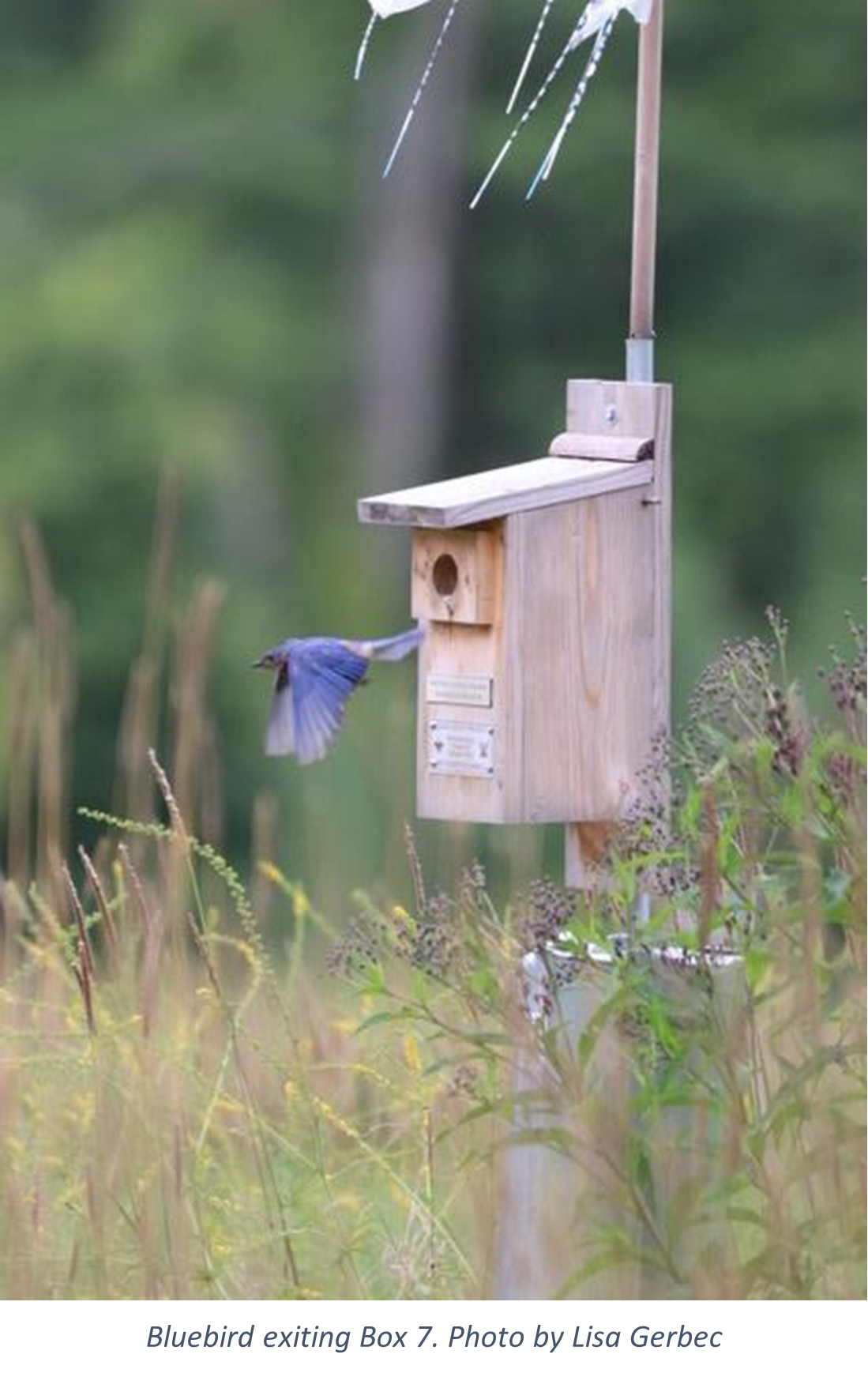
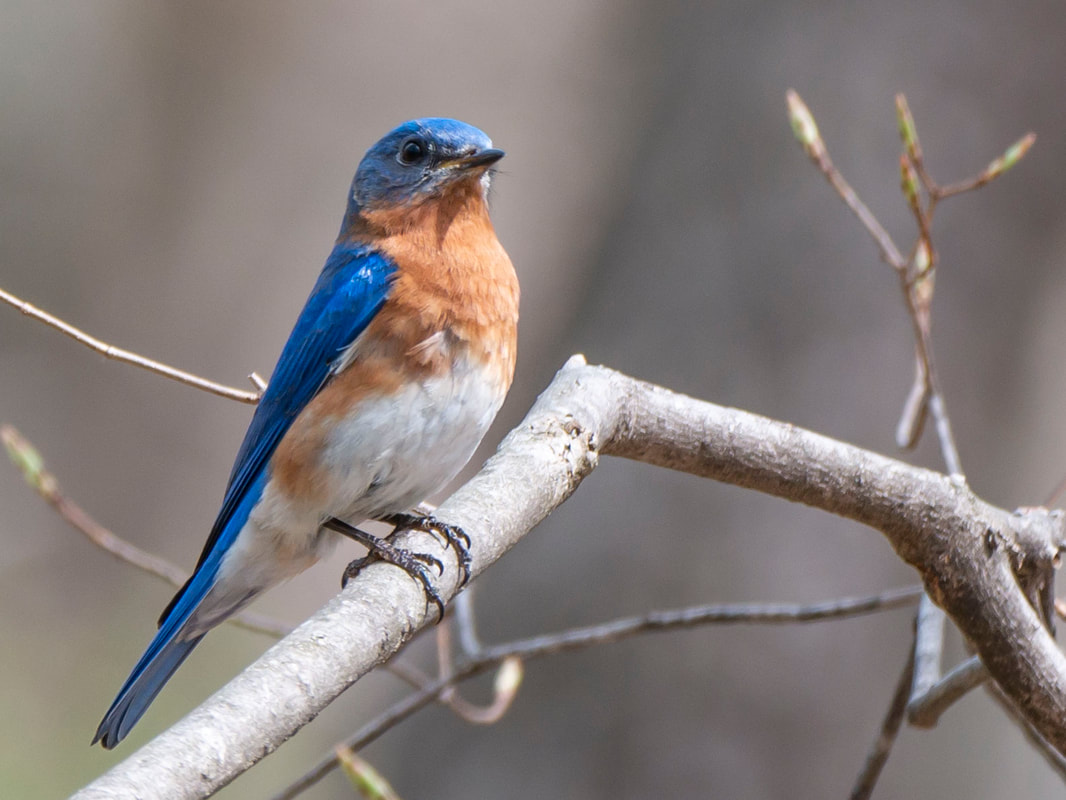
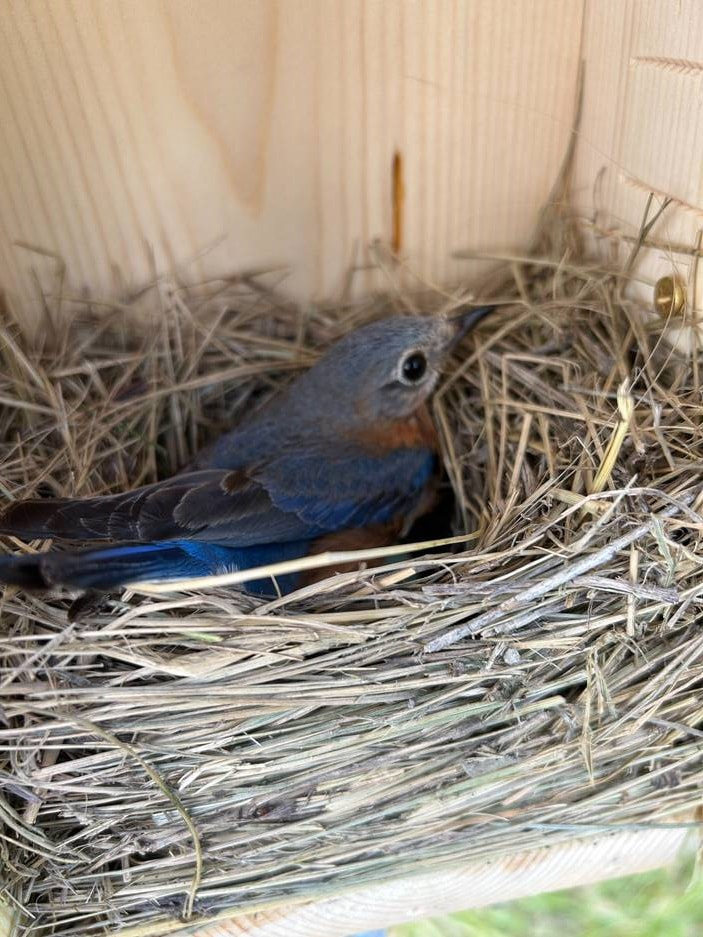
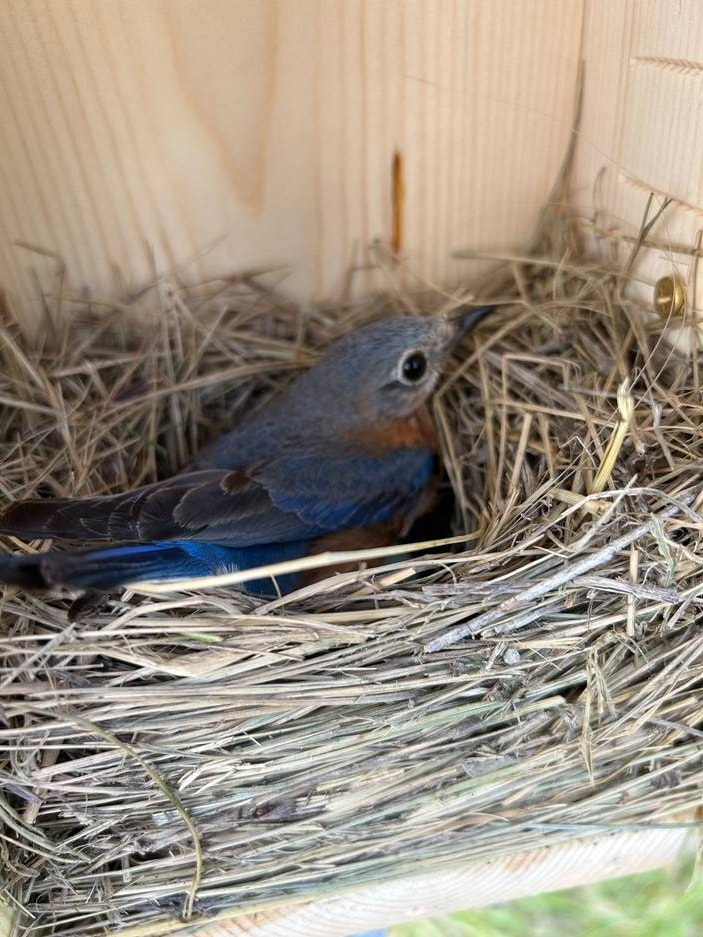
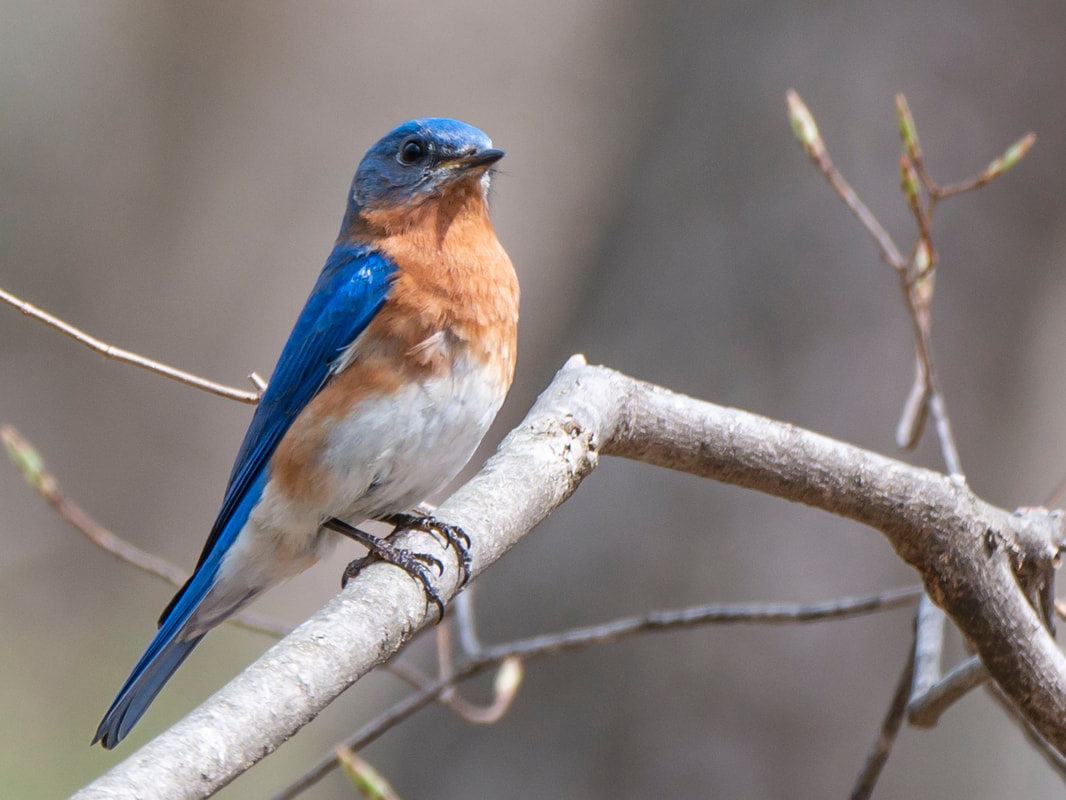
 RSS Feed
RSS Feed

